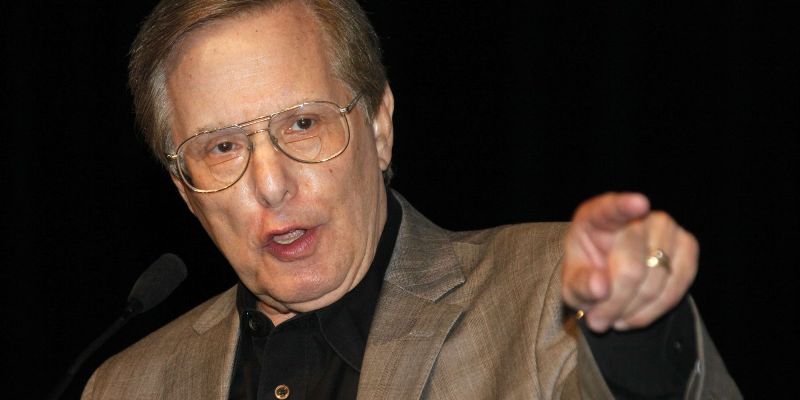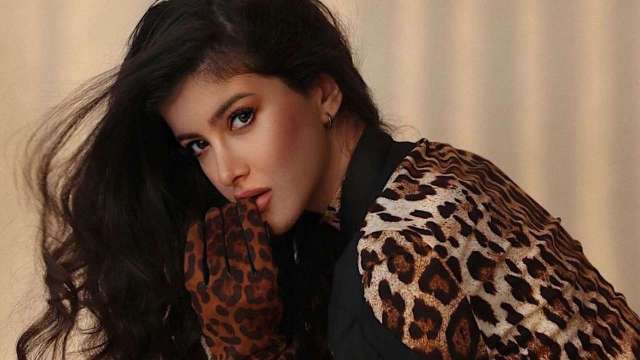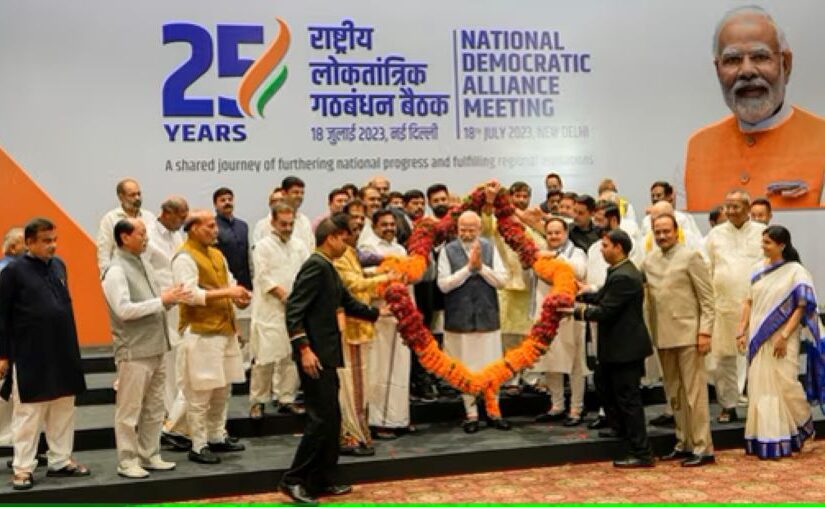

The Election Commission’ of India’s a formal announcement on March 16 set the ball rolling for the national election to elect 543 lawmakers.
That means voters in 28 states and 8 Union territories will be voting at different times. According to the EC, the elections for forming the 18th Lok Sabha will be in 7 phases, with polling dates set for April 19, April 26, May 7, May 13, May 20, May 25, and June 1. The counting of votes will take place on June 4.
In states like Bihar, Uttar Pradesh, and West Bengal voting will take place in all seven phases for different constituencies.
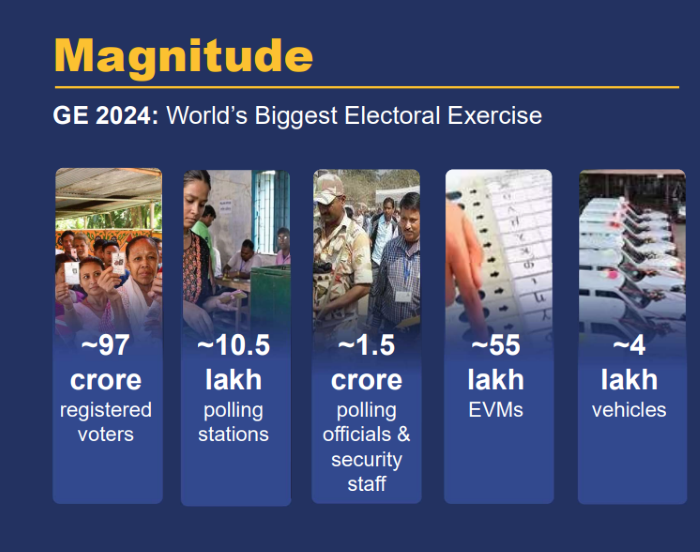 Polls 2024 highlights
Polls 2024 highlights
The election will fill 543 seats, but in reality, the number of constituencies going to polls will be 544, as one parliamentary constituency in Manipur will have polls in two parts.
In total, the general election will stretch over 44 days, with results scheduled for June 4. Nearly 970 million voters will cast their vote. That is about more than 10 percent of the world population.
Phase 1 Polling on April 19In phase I of the Lok Sabha election, 21 states will have polling for their constituencies. Among them states of Tamil Nadu and Uttarakhand will complete their polling for 39 and five seats, respectively.
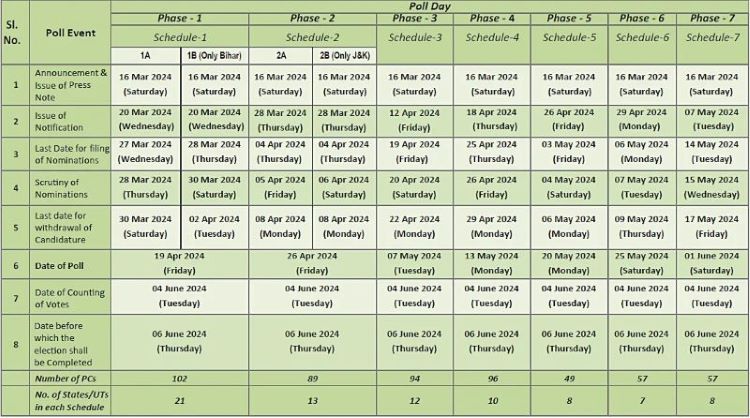
In Uttarakhand, the parliamentary constituencies are Tehri Garhwal, Garhwal, Almora, Nainital-Udhamsingh Nagar, and Haridwar. In all the five seats, the BJP and Congress are the main contestants.
Garhwal seat in limelightThe contest in Garhwal has aroused more interest as the BJP fielded Rajya Sabha member Anil Baluni, who is the party's prominent face as a spokesman in the national media. In the 2019 polls, the BJP had a clean sweep of the state and won all five seats.
As for Tamil Nadu, in 2019, an alliance led by the Dravida Munnetra Kazhagam (DMK) won a landslide victory, taking 38 of the 39 seats. In that Congress won eight seats.
 Anil Baluni, BJP candidate in Garhwal seat
BJP front confident on Modi's third term
Anil Baluni, BJP candidate in Garhwal seat
BJP front confident on Modi's third term
The election is primarily fought between the two fronts. The BJP-led National Democratic Alliance (NDA) and Congress-led India Front are facing each other in most states.
In terms of expectations, both sides are claiming victory, but the BJP looks more confident that the polls will anoint Modi as PM for one more term.
The BJP, which won 303 seats in the 2019 polls, has set a target of 370 seats in the upcoming polls, with a total of 400 plus the strength of other coalition partners.
Congress leads a new political frontThe Congress party that lost power in 2014 is aiming for a comeback and stitching up a new alliance named the Indian National Developmental Inclusive Alliance (I.N.D.I.A.), adding more members or replacing those left by its erstwhile UPA. Now the coalition has 40 political parties, including the AAP led by Arvind Kejriwal.
While the NDA under Narendra Modi succeeded in winning back estranged partners like veteran Chandrababu Naidu of the TDP, The India front saw Nitish Kumar, one of the key proponents of the front, walk out and rejoin the NDA.
Meanwhile, the Election Commission of India led by Chief Election Commissioner Rajiv Kumar, with Gyanesh Kumar and Sukhbir Singh Sandhu as other members in the 3-member body has made extensive preparations for a free and fair model with a model code of conduct as guidelines in place for all stake holders with observers in tow.
EC Promises Free and Fair Poll Preparedness“India gets ready for the celebration of democracy with 97 crore voters, 1.5 crore polling officials, and 10.5 lakh polling stations. A mammoth exercise in democracy, which is the world's largest electoral movement of man and material, over 55 lakh (5.5 million) EVMs are to be deployed for the exercise," said Chief Election Commissioner Rajiv Kumar.
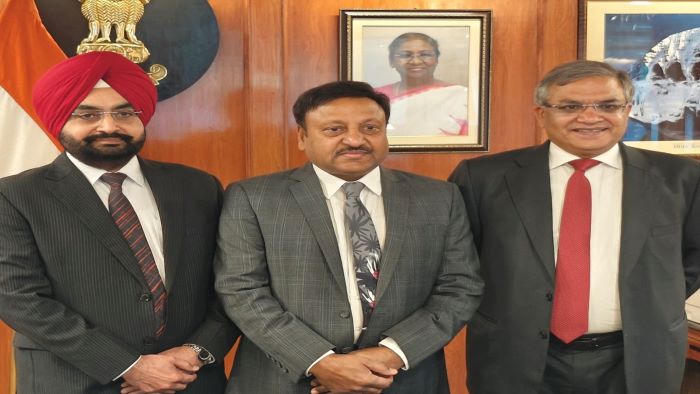 CEC Rajiv Kumar (centre) with the two ECs
CEC Rajiv Kumar (centre) with the two ECs
Among the reasons the election has become an extended exercise is that India is the most populous country in the world. Second aspect is the massive logistical effort to make sure every registered voter is involved in the process.
In the phase 2 polling schedule, 89 seats in 13 states will go to the polls on April 26.
(The story will be updated consistently)

